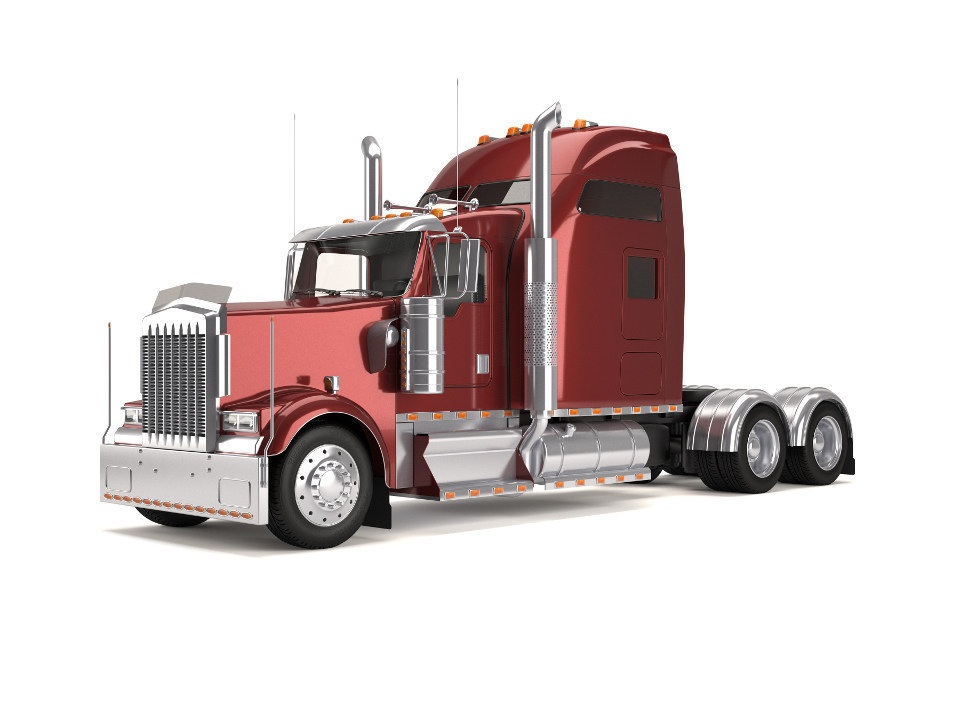North American Class 8 truck production will hit 300,000 units in 2018, a level seen only once in the past 10 years, according to transportation industry analyst FTR.
Commercial vehicle trailer production “will see a modest increase, paced by an improving flatbed market, while medium-duty truck production will mirror the U.S. economy, with slow but steady growth,’’ the company said.
In the freight market, spot trends indicate that more loads are being posted with fewer trucks competing for them, resulting in a 19-percent rate increase over last year, said Eric Starks, FTR’s chief executive.
“We are seeing noticeable rate pressure out there. We have not seen it moving into the contract rates, but I believe that we will see that very shortly,’’ Starks said. That would put carriers are in a better position to pay for things like drivers, and new equipment, he added.
In the FTR analysis of manufacturer backlogs, virtually all production slots were filled for the third quarter this year.
“We have not seen that in long time. This suggests people are pushing for deliveries in the short term,’’ Starks said. “That is a very welcome sign.’’
Enjoying our insights?
Subscribe to our newsletter to keep up with the latest industry trends and developments.
Stay InformedFTR put third-quarter Class 8 production at 70,000 units “before taking a seasonal dip to 65,000 units in the fourth quarter. For 2018, production climbs back to 70,000 units in the first quarter, then finishes the year with totals of 78,000 in the second quarter; 77,000 in the third quarter; and 75,000 in the fourth quarter,’’ FTR said..
FTR’s numbers might be optimistic, or at least premature, said Jeff Kauffman, managing director at Aegis Capital Corp. Improving market conditions won’t provide truckers the margins they need to make capital investments until mid-2018, pushing sales into 2019, Kauffman said.
“Most fleets have had the equipment]numbers where they wanted them to be before this year, so there’s no catch-up on the heavy-duty side. We’re not looking at an aged truck fleet,’’ Kauffman said, explaining that his math puts 2018 Class 8 production at 265,000 units. “We’ve got ELDs coming, people are going to be hurting for drivers. Rates are going to go up, but we’re going to have to go out and hire drivers before we can buy trucks. I just don’t see 300,000 next year – maybe in 2019, after carriers have had a year of P&L under their belt, a year to figure out ELDs, after a year with better margins to put new drivers in training schools. Then I can see that happening.’’
Trailers
As for commercial trailer production, FTR equipment expert Don Ake said he substantially underestimated the U.S. dry van market in the 2017 forecast, expecting production to be 150,000 units, but which he now estimates to be 177,000 units for 2017 – an 18 percent difference, but virtually the same level as 2015 and 2016.
Ake attributed this bump to a lingering replacement cycle, as well as a limited pre-buy ahead of new trailer requirements under the new federal greenhouse gas emissions standards (GHG2), expected to add about $2,300 to cost of a new van trailer.
Additionally, Ake suggested that the expected impact of the looming ELD mandate prompted fleets already using electric logs to add trailers this year, earlier than anticipated by “conventional thinking,’’ which had pushed that demand into 2018, after the rule goes into effect.
And while the replacement and pre-buy impacts come out of next year’s forecast, those losses should be offset by the demand associated with an improving freight market and tight truck capacity. As a result, he projected dry van production to remain flat, coming at 178,000 units in 2018.



















